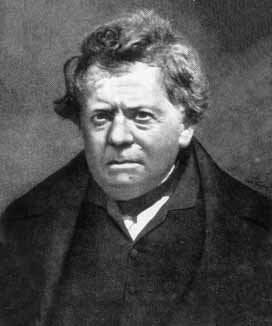pages 553-563
Some points I found useful during my reading:
 |
| Ohm, a very handsome man |
- the amount of energy (current flow) in a circuit that is transferred to a device relies on the potential difference of the power supply and the nature of the path through the electric potential energy-using loads
- the more difficult the path in a circuit, the more opposition there is to flow - called resistance
- resistance is measured in ohms (Ω); named after Georg Simon Ohm, a German physicist
- the formula for resistance is R = V / I; V is the potential difference and I is the current
- Ohm's law: the V / I ratio is constant for a certain resistor; in order to prove Ohm's law, you will need to measure data, plot the data, find the slope, and then create an equation
- factors that determine resistance depend on the properties of the conductors; the length, cross-sectional area, the material, and the temperature of a conductor affect resistance (eg. thin wire has a large resistance compared to a thick wire)
- the gauge number of a wire tells us its cross-sectional area; a small gauge number has a large cross-sectional area, and vice versa
- superconductivity: the ability of a material to conduct electricity without heat loss due to electrical resistance
- series and parallel circuits were studied by Gustav Robert Kirchhoff, a German physicist; his studies led to Kirchhoff's laws
- Kirchhoff's current law: the total amount of current into a junction point of a circuit = the total current that flows out of that same junction
- Kirchhoff's voltage law: the total of all electrical potential decreases in any complete circuit loop is equal to any potential increases in that circuit loop
 |
| The resistance formula triangle. |
No comments:
Post a Comment